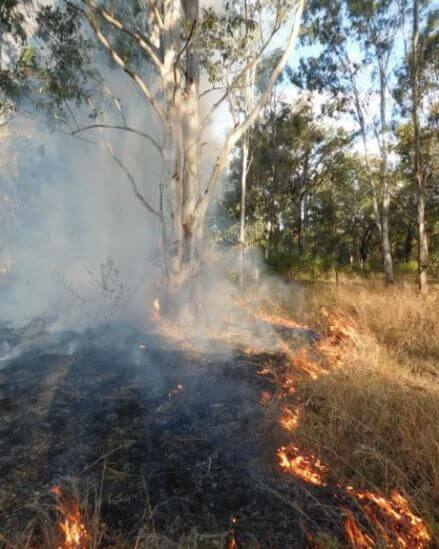The Black Summer bushfire season of 2019-20 was the most widespread and destructive fire season in memory. Yet the fires could have laid the groundwork for even more damaging bushfires in a few years’ time, after wiping out protective canopy trees and triggering dense regrowth in the understorey.
“This is a time bomb ticking now because all that canopy has been wiped out,” says Oliver Costello, CEO of the indigenous-run Firesticks Alliance. “A lot of areas will end up regenerating really strongly, but they’ll return in the wrong way. We’ll end up with the wrong species compositions and balance.
“That’s why we need to get indigenous fire practices out into the landscape in the coming months, to start to read the country and look at areas that need restoration burning in the short term.”

How Effective is Cultural Burning?
Cultural burns are carried out in southern Australia by local Aboriginal Land Councils, as well as organisations like Firesticks. But they are far more sporadic, small-scale and under-resourced than in northern Australia, where cultural burning has been actively supported by government for two decades.
Charles Darwin University’s Center for Bushfire Research maps bushfires across the Top End. Since 2000, when cultural burning was restarted on a wide scale, the amount of land destroyed by bushfires each year has reduced from 26.5 million hectares to 11.5 million hectares in 2019, despite worsening climate change.
So why hasn’t cultural burning been carried out in southern Australia. It’s not that the knowledge isn’t out there, says Andrew Edwards of Charles Darwin University: “There’s so much cultural knowledge out there still, and it’s being totally ignored.”
According to Oliver Costello, the issue is one of political will at the local and state government level. “There are a lot of policy settings at a high level that help us,” says Costello, “But there is nothing in between. There are no resources.”
“There’s always investment going into future firefighting capacity, more trucks, more helicopters, more this, more that. What we need is people getting out into the landscape now, with the knowledge to start to heal it.”
Costello sees cultural burning as healing, not just healing the land but also Australian communities, indigenous and non-indigenous. Because so many communities have been shocked and traumatised by 2019-20, we need more people out on country learning about fire and its interaction with plants, animals and the landscape, rather than fearing country and trying vainly to keep it at bay.